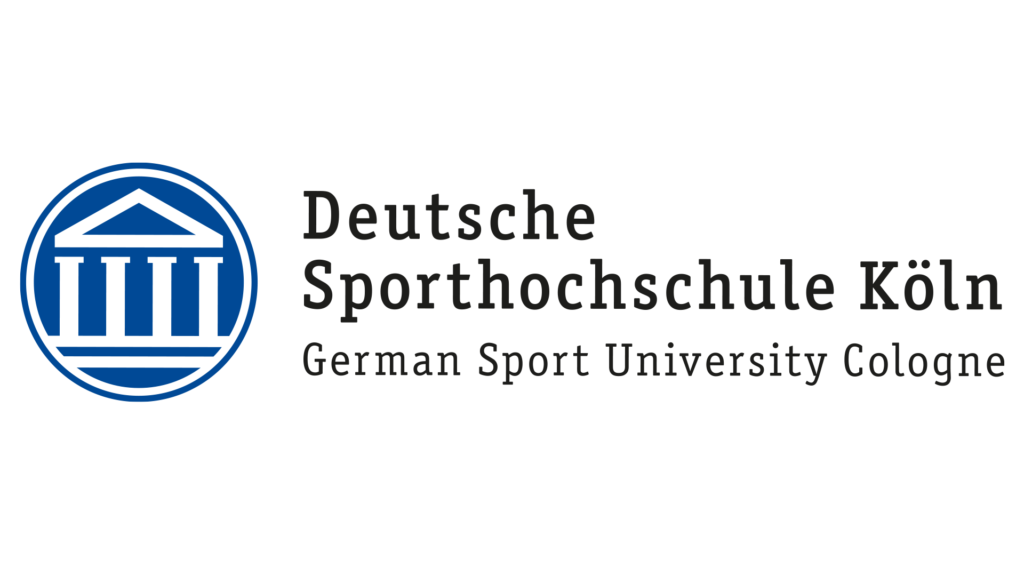Hospital-based vibration therapy in children after cancer therapy
Recent studies indicate that vibration therapy is an accessible, safe and positively accepted exercise method specifically designed for children and adolescents who have undergone anti-cancer treatment in a hospital setting.
We are seeing a steady increase in the number of children who achieve a 15-year survival period after an oncology diagnosis. Consequently, the importance of prevention and therapeutic strategies to reduce the risk of chronic diseases is increasing. Physical activity during childhood and adolescence supports healthy development and improves quality of life. Unfortunately, a cancer diagnosis and associated anticancer treatment often lead to a variety of disorders, such as muscle weakness, joint mobility limitations and loss of balance control due to immobilisation. In this context, vibration training is emerging as a promising method to improve physical fitness, especially lower limb function, providing a valuable complement to therapeutic exercise programmes in paediatric oncology.
- During the study, positive effects of vibration training were observed, such as an increase in ankle dorsiflexion strength from 154 to 180 Newton and knee extension strength from 187 to 212 Newton.
- After 12 weeks of training, a significant increase in both active and passive ankle dorsiflexion range was noted (active range from 6 to 8, passive range from 21 to 24, limb flexion – active range from 11 to 13, passive range from 26 to 27).
- Vibration training is a safe method of improving functional impairment of the lower limbs for children and adolescents after hospital treatment.
Based on:

Rustler V, Prokop A, Baumann FT, Streckmann F, Bloch W, Daeggelmann J. Whole-Body Vibration Training Designed to Improve Functional Impairments After Pediatric Inpatient Anticancer Therapy: A Pilot Study. Pediatr Phys Ther. 2018 Oct;30(4):341-349. doi: 10.1097/PEP.0000000000000536. PMID: 30277971.
Study population
The study population focused on participants aged between 4 and 20 years (9 participants in total) who had undergone treatment for a cancer disease and had completed inpatient care related to the disease within the past 5 years. In the study sample, the diversity of cancer diagnoses and treatment programmes was notable, but all participants had undergone chemotherapeutic treatment in medical care. Exclusion criteria for the study were applied as recommended by the manufacturer of the vibration device.
Research procedure
The research procedure was carefully carried out under the supervision of a physiotherapist, specially trained in the use and potential risks of vibration training. The training programme, which included vibration therapy, lasted for 12 weeks. Relevant functional parameters such as ankle dorsiflexion strength, knee extension strength and ankle dorsiflexion range of motion were analysed before and after the intervention. Strength was measured using a hand-held dynamometer through a ‘break test’ and range of motion was assessed using a goniometer. In addition, walking tests and the Timed Up and Go test were used to assess gait efficiency. Physical activity level was assessed using a visual analogue scale (VAS) before and after the intervention.
The use of vibrotherapy in research
The training sessions took place on a vibration platform, where participants performed exercises while standing on the platform or dynamic movements. The training included a variety of exercises such as squats, toe climbs and knee conduction with a small ball in between. The training protocol included one vibration session per week for 12 weeks, with varying vibration durations and frequencies ranging from 18-27 Hz.
Results
Significant changes in ankle dorsiflexion strength, knee extension strength and ankle dorsiflexion range were observed during the study.
Summary
In conclusion, the results of the study confirm the potential of vibration training to improve lower limb function in children after hospital treatment for cancer. This study, despite some limitations, brings important information on the safety, benefits and efficacy of vibration therapy in children with a history of cancer. It is worth noting, however, that some side effects, such as itching and reddening of the skin, due to improved circulation, have occurred, requiring an adjustment in the intensity of the treatments.
More in:


